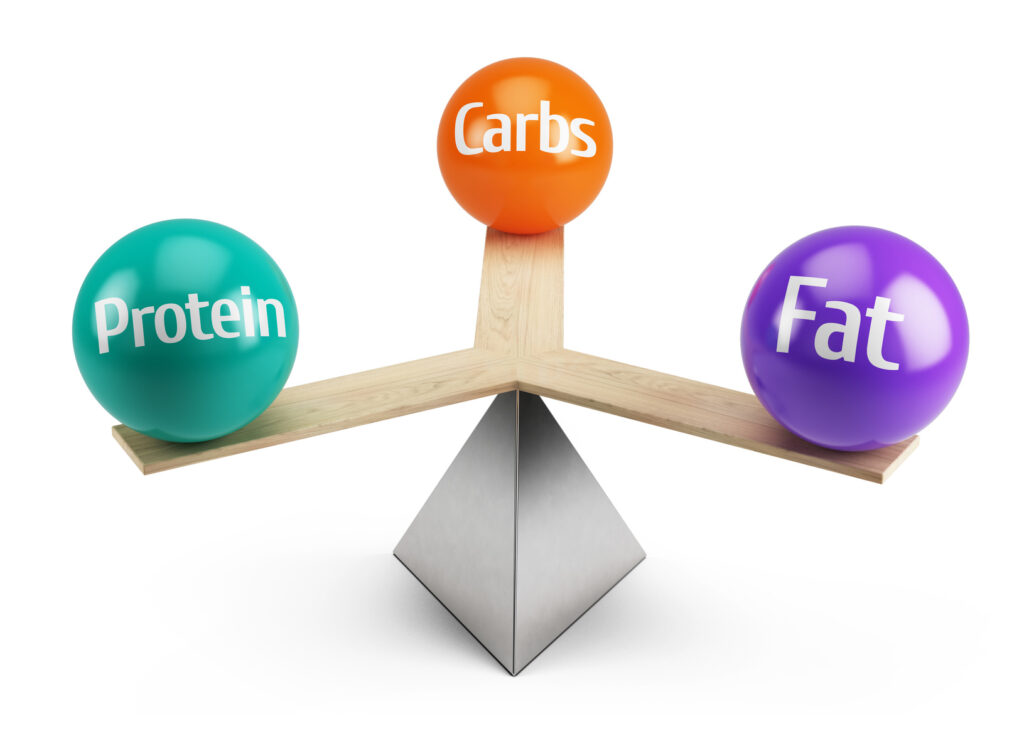Irrespective of the time that you have been into health and fitness, you have surely come across the term ‘Macros’. Macronutrients (macros) are what make up the calories in food. The three categories of macros are carbohydrates, fat, and protein. The combination of the macros is where that mysterious total number of calories comes from!
Here’s the breakdown:
- 1 gram of carbohydrates = 4 calories
- 1 gram of fat = 9 calories
- 1 gram of protein = 4 calories
Our bodies require ample amounts of each of these macros to function properly. Every macro has a unique role to play:
Carbohydrate: Provides fuel, the energy for your body and brain.
You will find carbs in plant foods, like grains, fruits, vegetables, and legumes.
Protein: Helps to build and repair your muscles, organs, skin, blood, and different chemicals, like hormones, in your body.
You can find protein in large amounts in meat, paneer, fish, dairy, tofu, and eggs; and in smaller amounts in nuts, seeds.
Fat: Insulates and protects your bones and organs, acts as backup fuel for energy, and helps in brain development. Healthy, unsaturated fats are found in olive oil, avocados, nuts, seeds, and fatty fish, like salmon, sardines, and mackerel.
How Much of Each Macro Do You Need?
There is no fixed formula for this, but you do need to consume a certain amount of each macro within a range. Recommended amounts typically are:
Carbohydrates: 45 to 65 percent
Protein: 10 to 35 percent
Fat: 20 to 35 percent
Balance Your Macros to Reach Your Health Goals
We all have different health goals and here is where counting macros comes into play. You may up your protein based on your workout levels and target of increasing muscle mass or you may increase carbs before a marathon for a flow of energy all through. By increasing or including a particular food, you can manipulate the levels of different macros. The strategies vary but keep in mind- most foods contain a mix of carbs, protein, and fat, you can’t completely cut one macro from your diet. That would impossible, not to mention unhealthy.
Whether you’re using macros to guide your food choices or just trying to eat a balanced diet, it’s good to know which foods contain more of which macros.
- High-carb, low-protein: fruits and vegetables
- High-carb, low-fat: pasta, rice, cereal, bread, pulses, fruits, vegetables
- High-fat, low-carb: nuts, seeds, olive oil, cheese
- High-fat, low-protein: avocado, olive oil, coconut milk
- High-protein, low-carb: eggs, meat, fish
- High-protein, low-fat: chicken breast, lean ground beef, whey protein powder
At the end of it, bear in mind that it’s not about how many calories are in your food, but what kind of calories are in your food. Even if you set a strict calorie limit and stick to it, you could be eating poorly and not getting the nutrients you need, which will definitely cause a lot of problems with your body in the long run.




